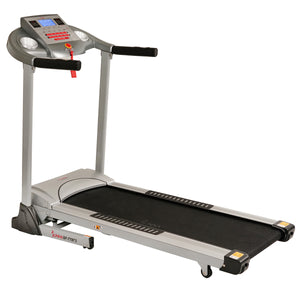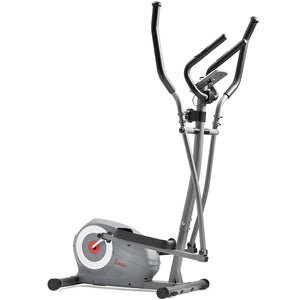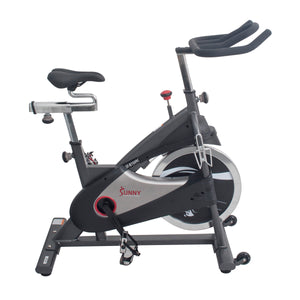I spent a few years living in the mid-south where temperatures and humidity would combine to create the perfect storm for heat-related illness. With temperatures above 100 degrees and humidity levels near 90 percent, the desire to engage in outdoor activities was almost nonexistent. On occasion, there would be activities that would go on in these conditions, and I did experience the profuse sweating and overheating symptoms of engaging in strenuous physical activity. It was a good thing I came prepared with plenty of electrolyte beverages and an ice chest full of ice and water to make ice towels. There is no doubt in my mind that I would have succumbed to some heat-related illness If I was not prepared with resources to battle the heat. I would advise that you reconsider any activity that calls for outdoor participation if the heat index is above 105 degrees. If you find yourself desiring to venture out into the extreme heat for a bout of physical activity, please get familiar with the heat-related info below so you can make the healthiest and safest choice before stepping out into the heat.
Are You Comfortable Working Out In Hot Weather?
Hot weather can be uncomfortable. Although, there are some that enjoy the heat and don’t mind being active under a hot sun. Remember, the best way to make progress towards your health and fitness goals is to maintain consistency. If you are planning on engaging in hot outdoor activities as part of your weekly workout routine, you need to be realistic with yourself and know if you are setting yourself up to make consistency harder than it could be. Individuals who are deconditioned or have lower training experience have an increased risk of developing heat-related illness. As your cardiovascular health and fitness improves, your body will be better able to withstand the effects of heat stress. There are plenty of other ways to enjoy the benefits of exercise without needing to be active in extreme heat.
How to Know If It’s Too Hot
While your own personal preference will determine if it’s too hot to participate in outdoor activities, you should be aware of recommendations for activity when temperatures rise. The first factor you will need to focus on is the temperature outside. This is the most common measure and will give you the basic info you need to know on how to prepare for your outdoor activities. If you live in a region where humidity is elevated, then you need to consider humidity levels and how it affects the heat index. The heat index combines the temperature and humidity level to adjust how the weather feels. For example, if the temperature outside is 90 degrees with 83 percent humidity, the heat index will be 105 degrees. That means your body will be affected by 105 degree temperatures due to the high humidity. In areas with lower humidity, the heat index will be lower. Heat advisories can vary depending on the region you live. You should check your local weather info to see what temperature needs to be reach to warrant a heat advisory. It has been reported that emergency room visits increase from heat related illness once the heat index reaches 95 degrees.
Factors That Increase Your Risk of Heat Illness
Besides the heat index and your fitness level, there are other things that could increase your risk of developing heat-related illness, like heat exhaustion.
Heat Accumulation - is one strategy that can be used to help individuals get comfortable with activities in the heat before engaging in more strenuous workout activity. Simply engaged in lower intensity activity over the course of a few weeks in hot weather before increasing the intensity of your activity.
Exercise Intensity - will influence your risk of developing heat illness. High intensity exercise rapidly increases the temperature of your body. If your body temperature gets too high too fast, your body will not be able to cool down, which can cause heat exhaustion or heat stroke.
Being Overweight – Obesity will also increase your risk of heat-related illness like heat exhaustion because of the lowered ability to dissipate heat.
Being Dehydrated - In adequate water consumption before, during, and after activity will increase the risk of heat-related illness.
Being Sick - If you are sick, or have been sick prior to outdoor activity, you could be at risk of heat illness from the compounding effects of fever or side effects of medications and high temperatures.
Signs of Heat Exhaustion
- Body temperature above 104 degrees
- Nausea
- Vomiting
- Weakness
- Headache
- Fainting
- Sweating and cold
Beat The Heat
- Follow community heat advisories
- Drink fluid every 15 minutes
- Have electrolyte beverages for activities longer than 1 hour
- Wear lightweight and sun protective clothing
- Take regular breaks to hydrate and cool down
- Have ice bags ready for signs of heat illness like heat exhaustion
1. National Athletic Trainers’Association Position Statement:Exertional Heat Illnesses”. Journal of Athletic Training, 2015, http://natajournals.org/doi/pdf/10.4085/1062-6050-50.9.07. Accessed 6 August. 2020.

























Add Your Name & Email
Please enter your name and email to continue.We won’t display your email publicly.